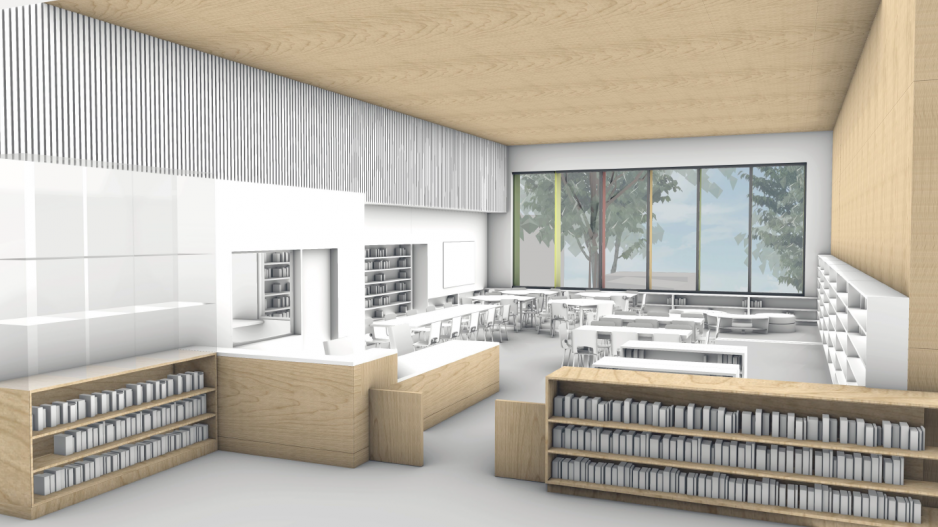B.C.’s newest mass timber manufacturer has landed three contracts to provide mass timber engineered wood products for new schools and colleges in Canada.
Kalesnikoff Lumber, which opened a new cross laminated timber (CLT) manufacturing plant in Castlegar last year, has been awarded two contracts in B.C. and one in Ontario to provide its products in new school buildings: Bayview Elementary in Vancouver, Humber College in Toronto, and the University of Victoria.
The Bayview school in Kitsilano will be replaced with a new one using CLT, and it will be used in the construction of a new student’s residence and dining hall at the University of Victoria. It will also be used in a new eight-storey building at Humber College.
“These are among the first major cross laminated timber (CLT) projects that will be built with our local, high-quality mass timber products,” Chris Kalesnikoff, the family owned business’s COO, said in a press release. “This is just the beginning of this next phase of our company as the use of mass timber in North American continues to expand.”
Kalesnikoff is one of three mass timber manufacturers in B.C., the others being Structurlam in Penticton and StructureCraft.in Abbotsford.
CLT manufacturing essentially uses the cast-offs of conventional lumber production to produce a high value-added product. Smaller pieces of wood are laminated together to form large engineered wood beams and posts that can be used to replace steel in the construction of buildings and bridges.
CLT is a critical component of wood high-rise building construction. It replaces steel and concrete in building and bridge construction.
It provides both economic and environmental benefits: It adds a link in the value chain of the forestry and lumber industry – turning what is essentially waste into a new sector that provides high-paying jobs -- and it reduces the reliance on carbon intensive steel and concrete. It is estimated that mass timber can reduce the carbon footprint of a building by about 25%.




